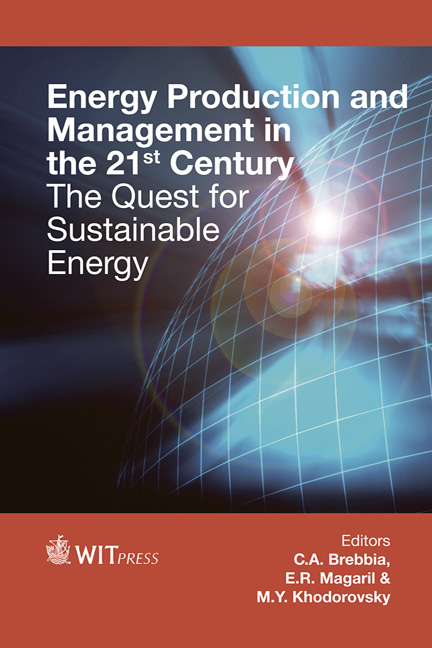The Powering Of Subsea Facilities For Remote Offshore Oil And Gas Fields
Price
Free (open access)
Transaction
Volume
190
Pages
9
Page Range
359 - 367
Published
2014
Size
866 kb
Paper DOI
10.2495/EQ140351
Copyright
WIT Press
Author(s)
O. Frolov, Y. Shershnev, M. Gurevich, K. Megretskiy, V. Movshuk & D. Batrak
Abstract
The development of offshore fields is supported by drilling and production equipment which requires high performance and a reliable power supply. Russian offshore fields that can be developed using subsea technologies are located at up to 650 km from onshore infrastructures under extreme ice conditions. Requirements for the equipment capacities of power supplies may vary from dozens of kilowatts to hundreds of megawatts. It has been recognized that these days one of the most reliable and safe techniques for powering subsea oil and gas facilities is power transmission from an onshore power supply source through a subsea cable. Different systems of high voltage power supply have been considered: direct high voltage current transmission, alternating current and low frequency alternating current transmission. They have been compared in terms of loss minimization during power transmission and conversion, and the provision of reliability and safety of unattended operating. It has been concluded that high voltage direct current transmission at long distances ensures the sufficient reduction of cable losses as compared to alternating current transmission, but subsea DC-AC conversion (as subsea equipment usually uses alternating current) requires the development of a subsea converter. Keywords: electric power supply system, subsea production facilities, losses, converter station.
Keywords
electric power supply system, subsea production facilities, losses, converter station.





